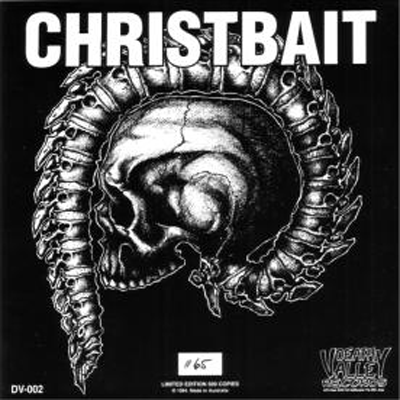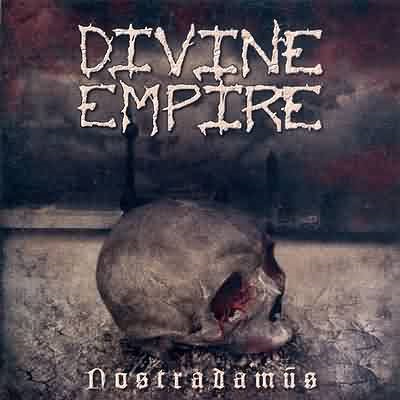
WHITE SKULL, The Ring of the Ancients (2006, Frontiers)
The skull:
Standard issue stuff here, nothing to get excited about — not even enough here to make jokes about. Just a skull poised at the center of a forged-in-iron sigil that seems to mix elements of Irish and Norwegian folklore/mythology. The skull is just barely big enough to make it into these hallowed halls. Naturally we wish the skull were a lot bigger, but we’ll give it a pass. Probably one of the least remarkable skulls in the BDS Skullection…but wait till you see skull #203 — it’s one of the finest. If you want to, go ahead and use your imagination regarding a ring and the ancients who possess it, but you probably have better things to do.
The music:
The long-suffering White Skull (this is their seventh of nine albums so far) have never quite managed to rise above the morass of middling power metal bands that litter the European landscape. That’s because they’re mediocre. Musically, this album is full of decent performances, anthemic melodies, the requisite amount of Euro power metal speed, and a vocalist whose accent totally betrays their Italian origin. I certainly have nothing against Italian musicians, it’s just that their vocalists often sound a bit silly when grappling with English lyrics. What’s more, the riffs are totally assembly-line “true metal,” ones you’ve heard a zillion times already, unless you’re new to this stuff. And if that’s the case you could probably get something out of White Skull. The strongest element of The Ring of the Ancients are the several AOR-leaning moments. It’s not exactly in line with, say, the last couple Nocturnal Rites albums, but you can hear it occasionally, as in the pre-chorus break of “Ninth Night” and the subtlest corners of “From the Mist.” This partly answers why the album ended up on the Frontiers label. Oh, and they do a pretty decent cover of Black Sabbath’s “Valhalla.” Bonus points to them for choosing a song from Tony Martin-era Black Sabbath but, no real surprise, it’s ruined by the vocals.
— Friar Wagner








